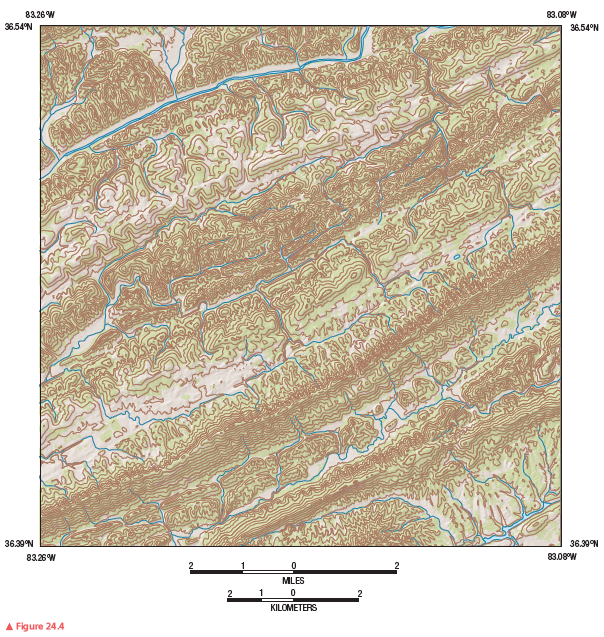How have religions diffused to areas beyond where the religion originated?
What will be an ideal response?
Answer: Many factors can affect the diffusion of religious practices. One way is through the process of proselytization, which is trying to convert others to one's religion. This is often the work of missionaries and pilgrims who travel and spread their ideas among others. Many of the world's most important religions proselytize, but some do not. Often, religions are described as either universalizing religions, which seek new adherents through proselytization, or ethnic religions, whose adherents are typically born to a particular cultural group. Historically, many governments have designated a national or established church that is the official religion. This helps to spread a religion, often with funding from the government.
You might also like to view...
In the space below, sketch the topographic map symbol for a marsh or swamp. With a blue colored pencil or pen, lightly shade the backswamp areas on the topographic map.
Figure 24.8 is a portion of the Philipp, Mississippi, 7.5-minute quadrangle in northwestern Mississippi. The Tallahatchie River flows through the landscape from west to east. (Remember to use the topographic map symbol legend inside the front cover of this manual.)
Review Figure 24.4, analyze Figure 24.8 closely, and answer the following questions and completion items about Figure 24.8.


The uninsured losses caused by a catastrophic events are almost always less than the insured losses caused
a. True b. False
Fracking is associated with all of the below except the ________
A) conventional production of hydrocarbons B) making of earthquakes C) pollution of groundwater D) fracturing of rocks E) rock formations known as plays
Which of the following best describes the difference between differential stress and confining pressure?
a. Under confining pressures, the stresses on the sides are greater than the force of gravity. Stresses are the same on all sides for differential stress. b. In differential stress, the stresses on the sides are greater than the force of gravity. Stresses are the same on all sides for confining pressure. c. In differential stress, the force of gravity is higher than in confining stress. d. Both confining pressure and differential stress have stresses applied to a rock in one direction, which is greater than the force of gravity as a whole. e. In confining stress, the force of gravity is higher than in differential stress.